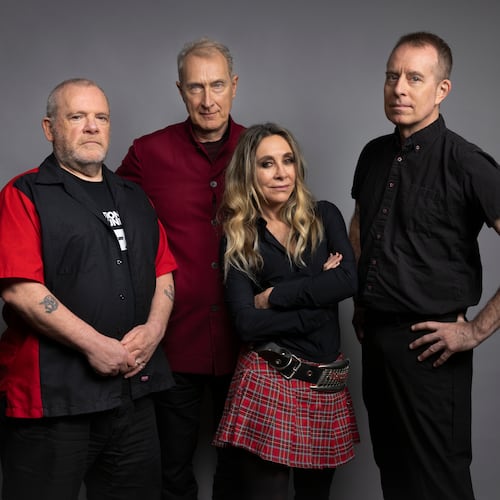Three days ago, Charley Bordelon and her eleven-year-old daughter, Micah, locked up the rented Spanish bungalow with its cracked tile roof and tumble of punch-colored bougainvillea and left Los Angeles for good. In an old Volvo wagon with balding tires and a broken air conditioner, they followed the black vein of highway—first skirting the edge of Joshua Tree, where the roasted wind roared in their faces, then braving the Mojave Desert. They pushed through Arizona and New Mexico, and sailed over the Texas prairie.
Twenty-four hours ago, they crossed into Louisiana where the cotton and rice fields stretched away in a lavish patchwork of pale greens and browns, and a hundred miles after that, where the rice and cotton fields yielded to the tropical landscape of sugarcane country.
Now it was the next morning, their first full day in Saint Josephine Parish. They hadn’t seen a house or car since they turned off the Old Spanish Trail, and the road, which crossed over the Bayou Teche, was leading them farther away from town, farther out into the country, and Charley—who’d never seen real sugarcane before yesterday—thought she should have trusted her instincts; thought that if she’d just listened to the small voice that whispered take the map, they’d be there by now. Instead, she had listened to her grandmother, Miss Honey, with whom she and Micah now lived. “Put that away,” Miss Honey had said at breakfast that morning as Charley spread the map over the kitchen table. “I know how to get there. Just let me get my purse.” Now here they were—Charley and Micah and Miss Honey—wandering hopelessly, like three blind stooges, through south Louisiana’s cane country, creeping down one ragged back road till it dead-ended in a grass-choked gulley before trying another, while the sun got hotter and the air grew soupier; burning up precious time as they searched for the turnoff that would lead Charley to her fields. She had inherited eight hundred acres of sugarcane land from her father, Ernest. For the last ten months, she had pored over more aerial photos and assessors’ maps than she cared to count, signed documents and placed phone calls. She had planned what she could from a distance. The fields Charley had thought of for almost a year were out there—somewhere. Land she had to get ready for the harvest in October. God help us, she thought.
It was eight forty-five. Charley was supposed to meet Wayne Frasier at nine. The cup of Community Coffee, with its bitter note of chicory, had made her queasy. Maybe it was the coffee, but maybe not, Charley thought, as she remembered how her mother accused her of being a city girl and warned her not to make this move. Charley swore her mother was wrong, but now she thought maybe it was true. She was accustomed to measuring distance in freeway off-ramps, not hectares or miles, weighing things in pounds rather than bushels or tons. The only crop she had ever harvested were the Meyer lemons that hung lazily from the trees along her backyard fence. The only soil she ever tended came in bags from the Home Depot. She exhaled heavily. If she were a country girl, she thought, she could scan the horizon and know which of these godforsaken roads led to her fields. But she wasn’t a country girl. Not even a little.
Charley turned to her window and caught a scent of Louisiana on the June breeze; the aroma of red clay, peppery as cayenne, musty as compost, and beneath it, the hint of mildew and Gulf water. She marveled at how different the landscape was from anything she’d known back in California: the stretch of Highway 5 between Los Angeles and San Francisco with its endless miles of almond and pistachio orchards, vast stretches of orange groves whose blossoms perfumed the air on early-spring mornings, rolling acres of grape vineyards, tomato and cotton fields, and of course, the uninterrupted miles of reeking cattle lots—all of it with the spiny silhouette of the Sierra Nevada, like a promise, along the horizon. Charley imagined Los Angeles, with its traffic and smog and relentless sprawl, and beyond it, the never-ending coastline and immeasurable Pacific, ridiculously beautiful in the honeyed light of a southern California afternoon. Now the vast Pacific had been replaced by an ocean of sugarcane: waist-high stalks and slender, emerald-green leaves with tilled soil between. Cane as far as her eyes could see.
About the Author
Keep Reading
The Latest
Featured
